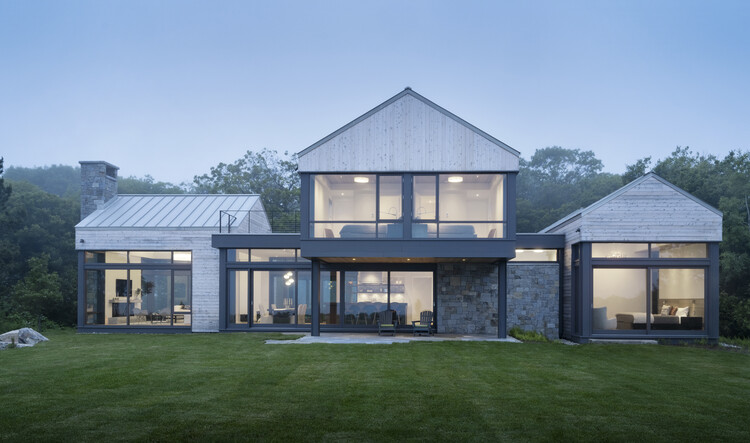Nestled in the northeastern corner of the United States, Maine is renowned for its rugged coastline, picturesque landscapes, and a rich maritime history. However, in recent years, the state has become a hub for a different kind of beauty – a flourishing architectural renaissance that seamlessly blends tradition with innovation. As designers and architects in best architects in Maine explore new possibilities, they are challenging conventional norms and creating a unique identity for the state’s built environment.
Preserving Heritage:
Maine’s architectural heritage is deeply rooted in its maritime and colonial history, reflected in the charming coastal villages, lighthouses, and historic structures that dot the landscape. One aspect of the architectural renaissance is a commitment to preserving these heritage sites while incorporating modern elements to ensure their relevance for future generations.
Architects are embracing adaptive reuse strategies, converting old warehouses into trendy loft apartments, repurposing historic mills into cultural spaces, and transforming disused factories into vibrant community hubs. By preserving the essence of the past while introducing contemporary functionality, Maine’s architects are creating a harmonious blend that celebrates history without being confined by it.
Innovation in Design:
The architectural renaissance in Maine is not merely about looking back; it’s about embracing the future with innovative design concepts that push boundaries. Sustainable architecture is at the forefront, with a focus on energy efficiency, use of local materials, and designs that harmonize with the natural surroundings.
Modern structures in Maine often incorporate eco-friendly features, such as green roofs, solar panels, and rainwater harvesting systems. Architects are also experimenting with innovative construction materials and techniques, challenging the conventional notions of what buildings can be. From minimalist beachfront retreats to cutting-edge urban spaces, the diversity in design is a testament to Maine’s commitment to architectural innovation.
Community-Centric Spaces:
As Maine evolves architecturally, there is a notable emphasis on creating community-centric spaces that foster a sense of belonging and connectivity. Public squares, pedestrian-friendly streets, and mixed-use developments are on the rise, encouraging social interaction and enhancing the quality of life for residents.
Architects are incorporating elements that encourage outdoor activities, such as parks, plazas, and rooftop gardens, recognizing the importance of well-designed public spaces in building a sense of community. These spaces not only contribute to the overall aesthetic appeal of Maine but also support the well-being of its inhabitants.
Challenges and Opportunities:
While the architectural renaissance in Maine is a testament to the state’s commitment to progress, it is not without its challenges. Striking a balance between tradition and innovation requires thoughtful consideration, especially in a state with such a rich historical tapestry. Preservationists and modernists often find themselves at odds, highlighting the need for a collaborative approach that respects the past while embracing the future.
The influx of new ideas and designs also brings economic opportunities. Maine’s architectural renaissance has the potential to attract tourism, promote local craftsmanship, and stimulate economic growth through sustainable development practices.
Conclusion:
Maine’s architectural renaissance is a compelling journey that showcases the delicate dance between tradition and innovation. As architects continue to shape the state’s built environment, they are leaving an indelible mark on Maine’s cultural landscape. The fusion of history and modernity not only creates visually stunning structures but also fosters a sense of pride and identity among the residents.
